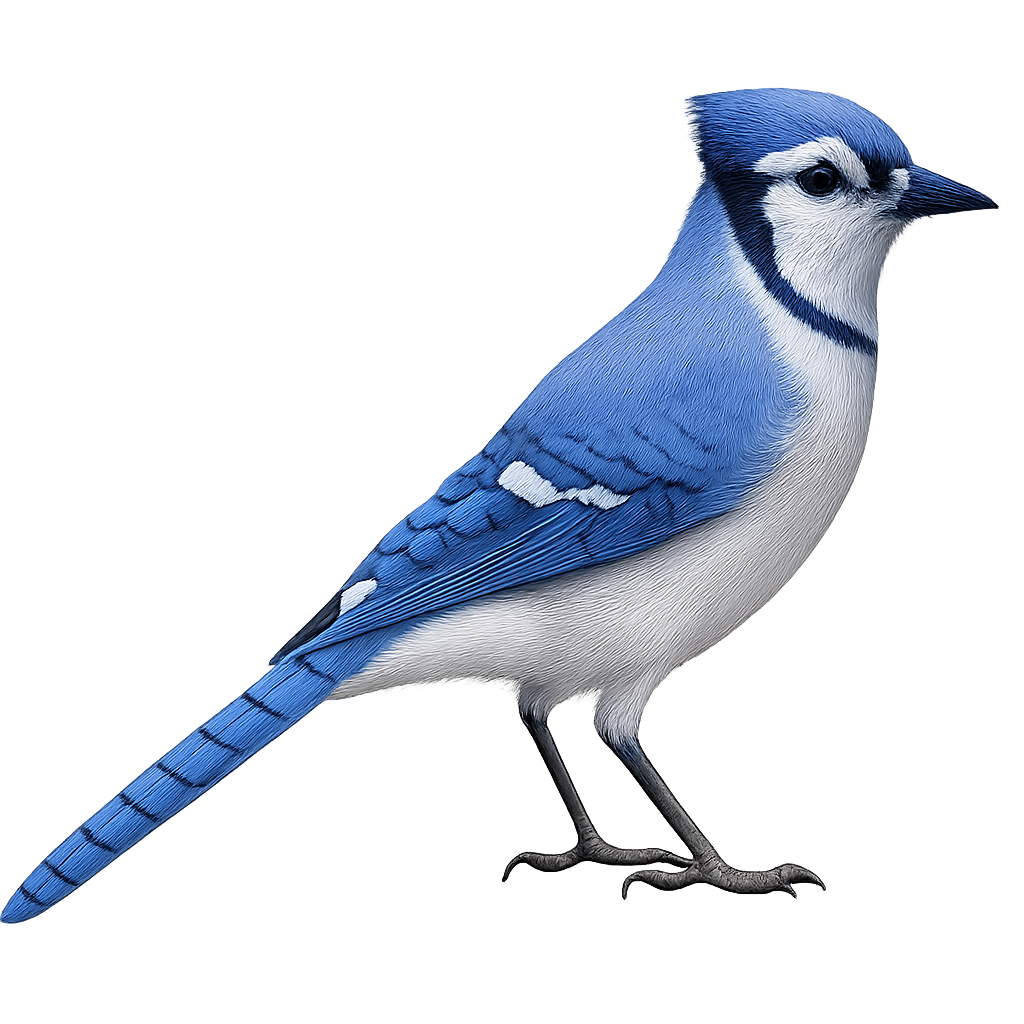Your wildlife photography guide.
Explore the blue jay in detail, study its behavior, prepare your shots.
Where to observe and photograph the blue jay in the wild
Learn where and when to spot the blue jay in the wild, how to identify the species based on distinctive features, and what natural environments it inhabits. The WildlifePhotographer app offers tailored photography tips that reflect the blue jay’s behavior, helping you capture better wildlife images. Explore the full species profile for key information including description, habitat, active periods, and approach techniques.
Blue Jay
Scientific name: Cyanocitta cristata

IUCN Status: Least Concern
Family: CORVIDAE
Group: Birds
Sensitivity to human approach: Suspicious
Minimum approach distance: 10 m
Courtship display: March to May
Incubation: 16-18 jours
Hatchings: April to June
Habitat:
Deciduous forests, mixed forests, urban parks
Activity period :
Primarily active during the day, with peak activity in the morning and late afternoon.
Identification and description:
The Blue Jay, Cyanocitta cristata, is a striking bird with predominantly blue plumage accented with white and black. Easily recognizable by its distinctive crest and loud call, this bird is omnivorous, feeding on seeds, insects, and occasionally small vertebrates. It is commonly found in deciduous and mixed forests, as well as urban parks and gardens. Known for its intelligence, the Blue Jay can mimic sounds, including the calls of other birds. It plays a crucial role in seed dispersal, aiding forest regeneration.
Recommended lens:
400 mm – adjust based on distance, desired framing (portrait or habitat), and approach conditions.
Photography tips:
To photograph the Blue Jay, it is advisable to use a 400mm or longer telephoto lens to capture precise details without disturbing the bird. Find a quiet spot in its natural habitat, such as forests or parks, and be patient. The Blue Jay is often active in the morning, providing beautiful light for photography. Try to capture its natural behavior, such as feeding or flying, for dynamic images.
The WildlifePhotographer App is coming soon!
Be the first to explore the best nature spots, track rutting seasons, log your observations, and observe more wildlife.
Already 1 450 wildlife lovers subscribed worldwide

